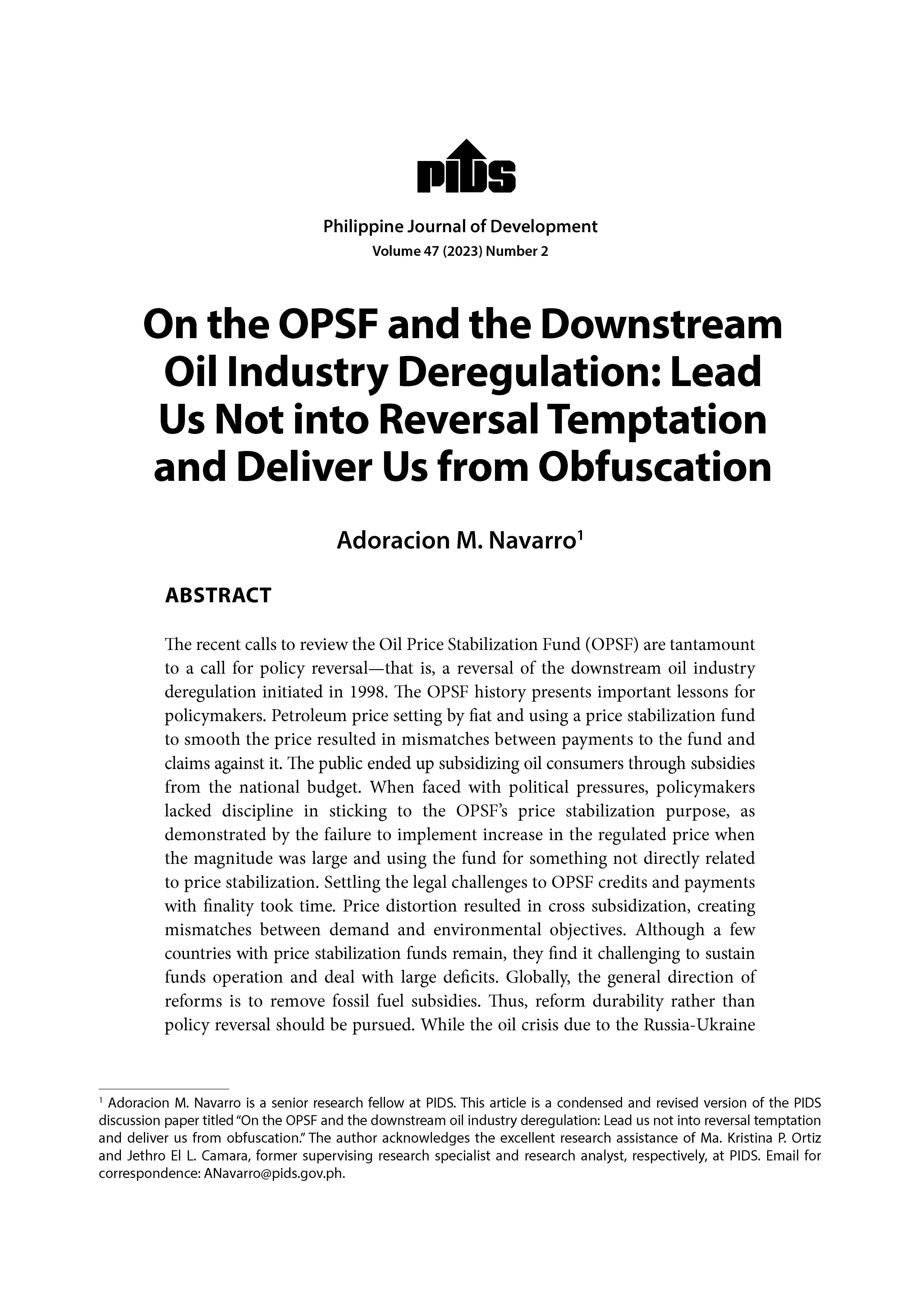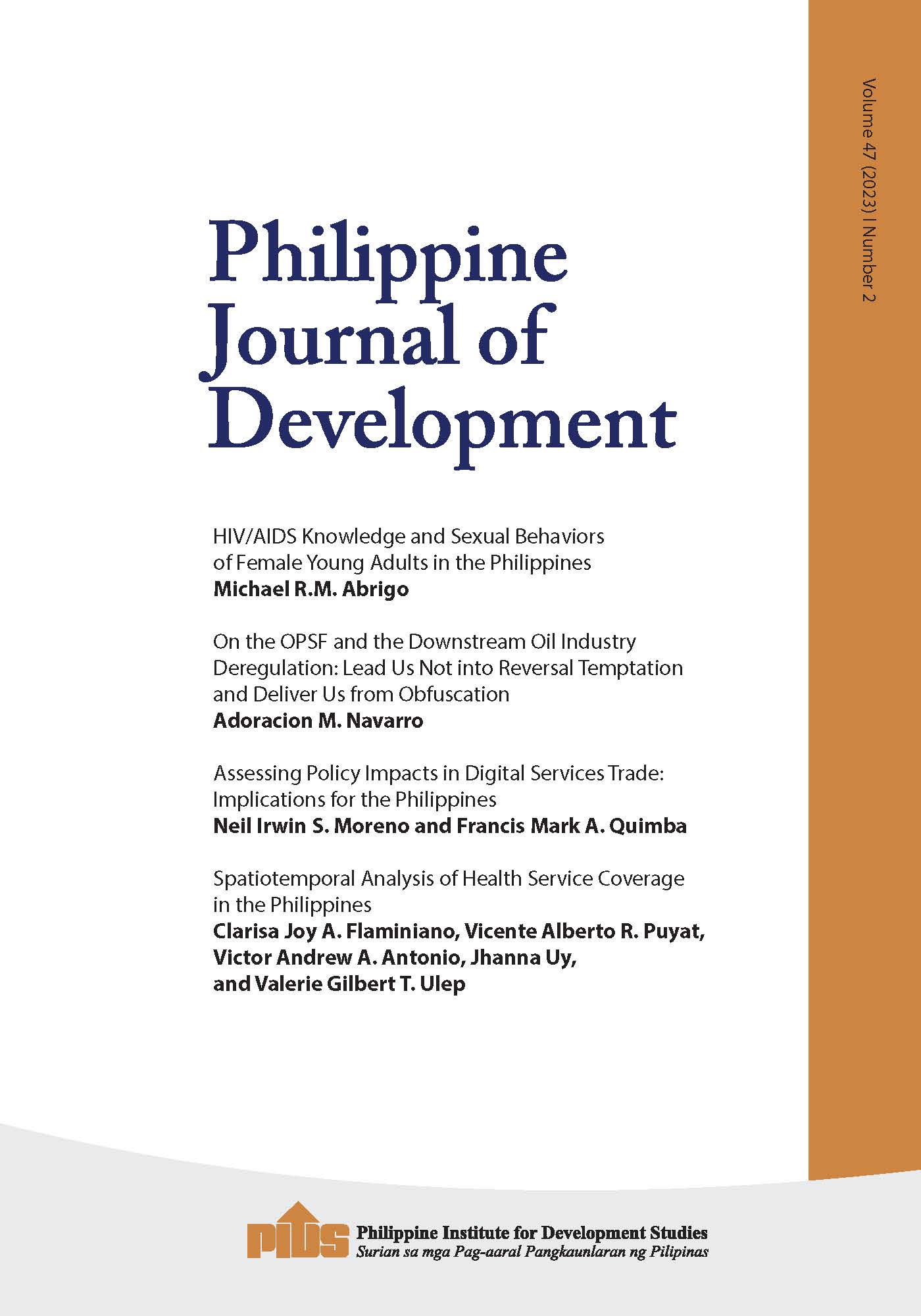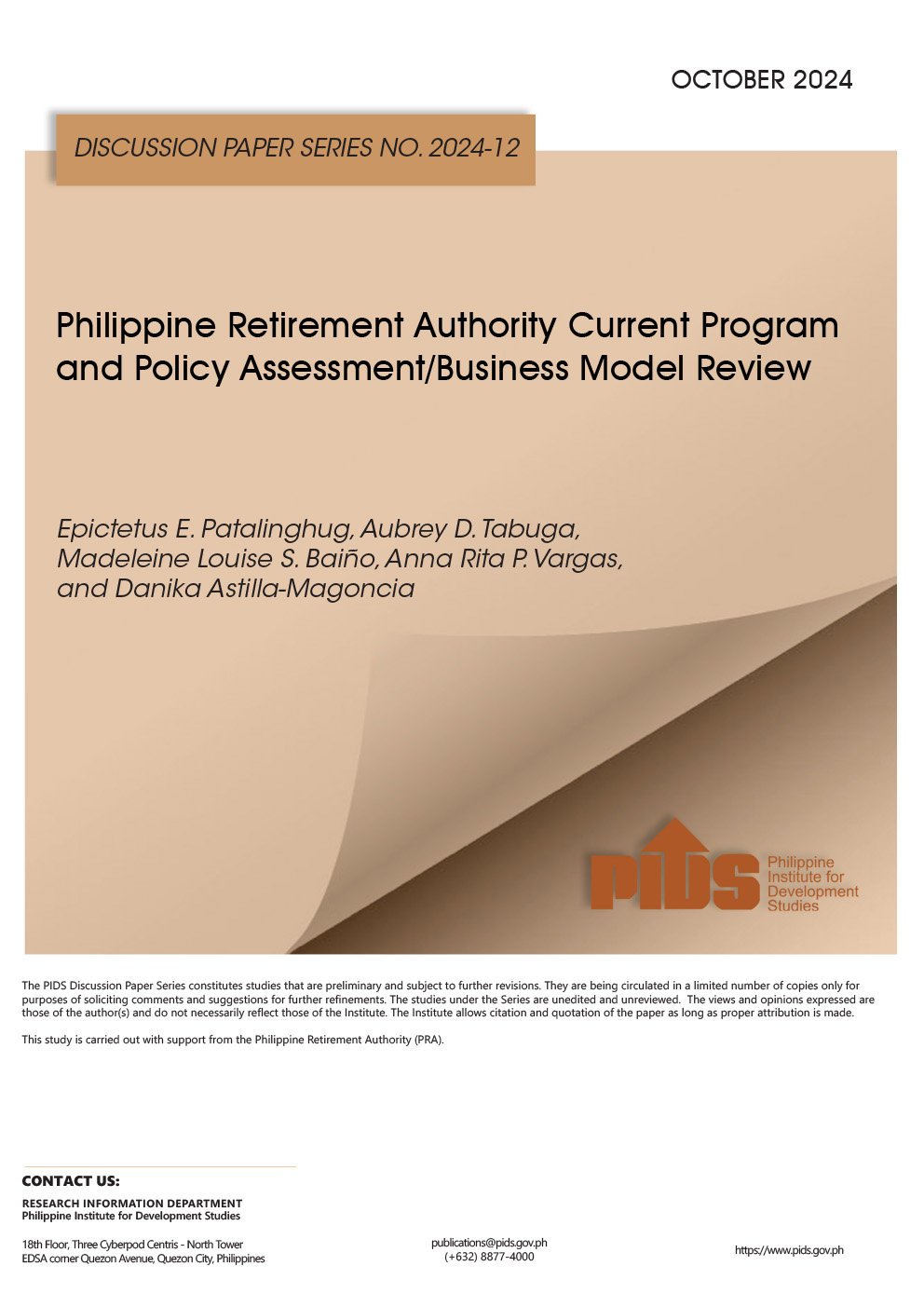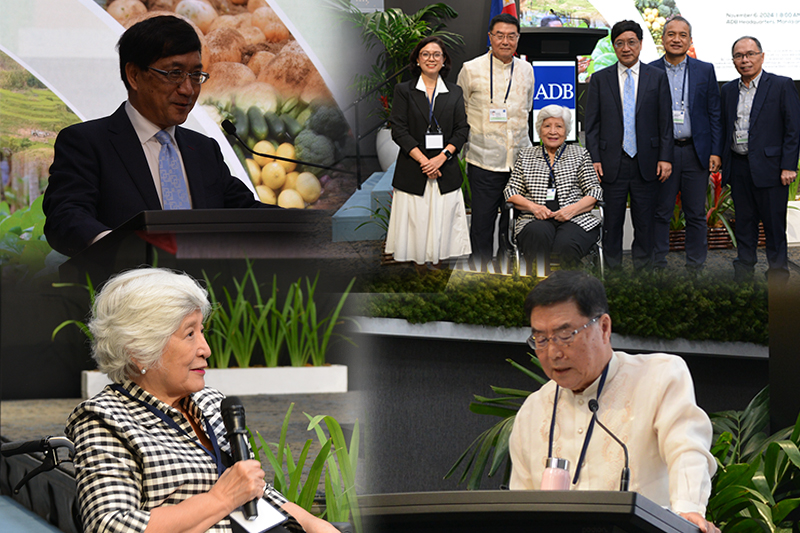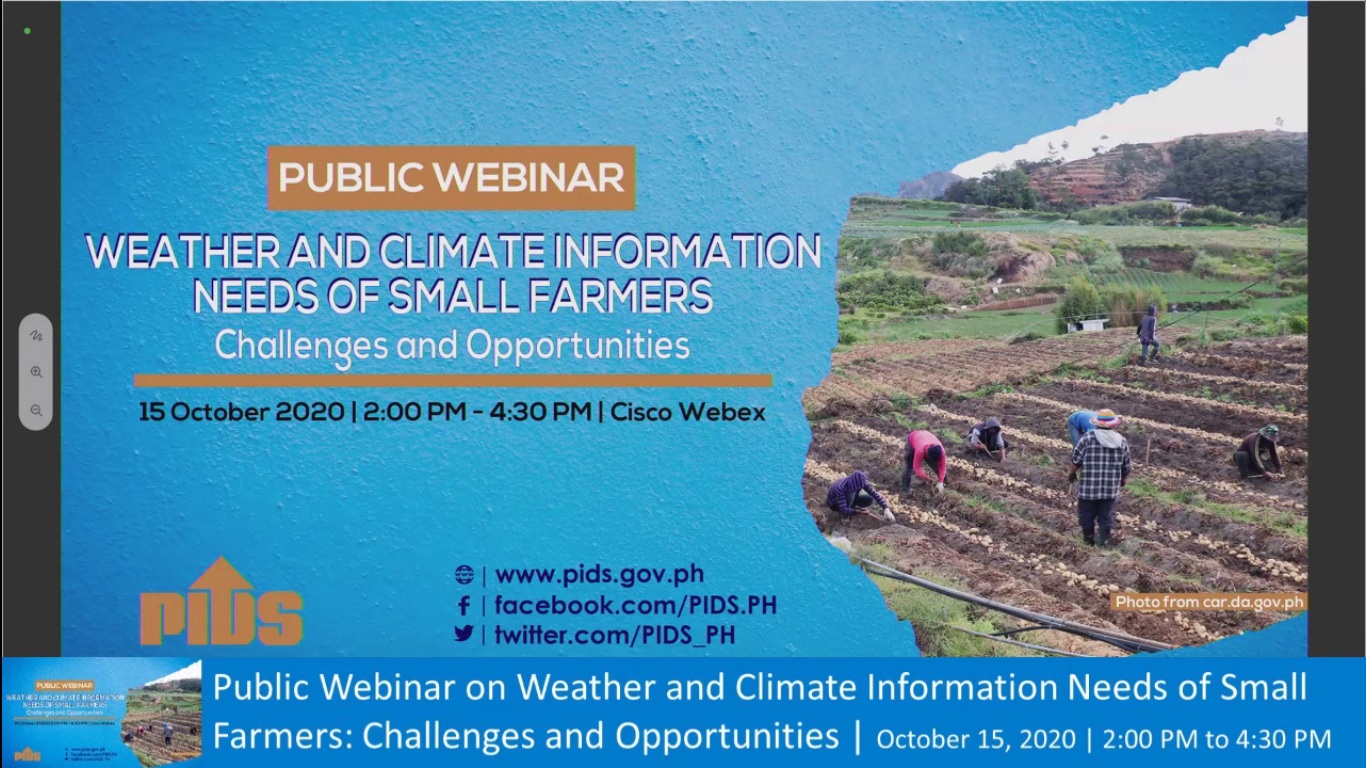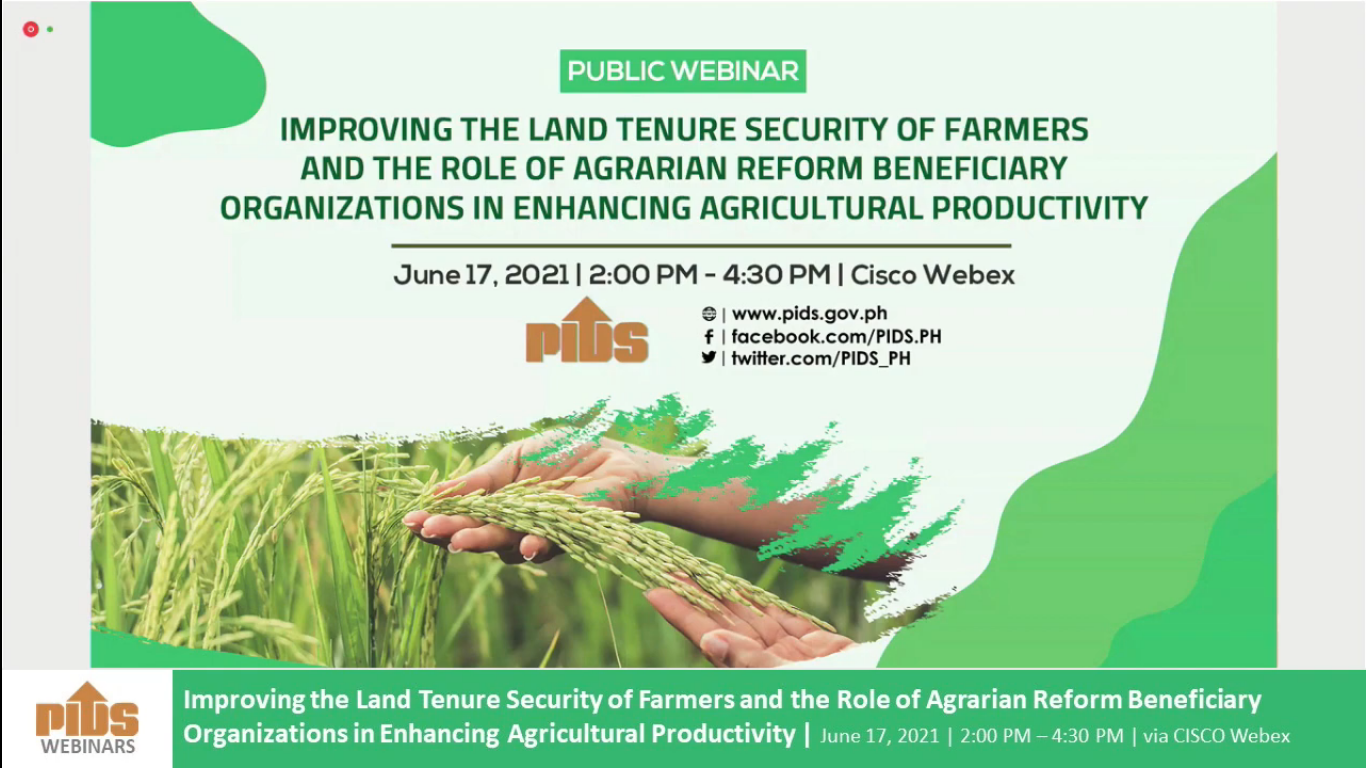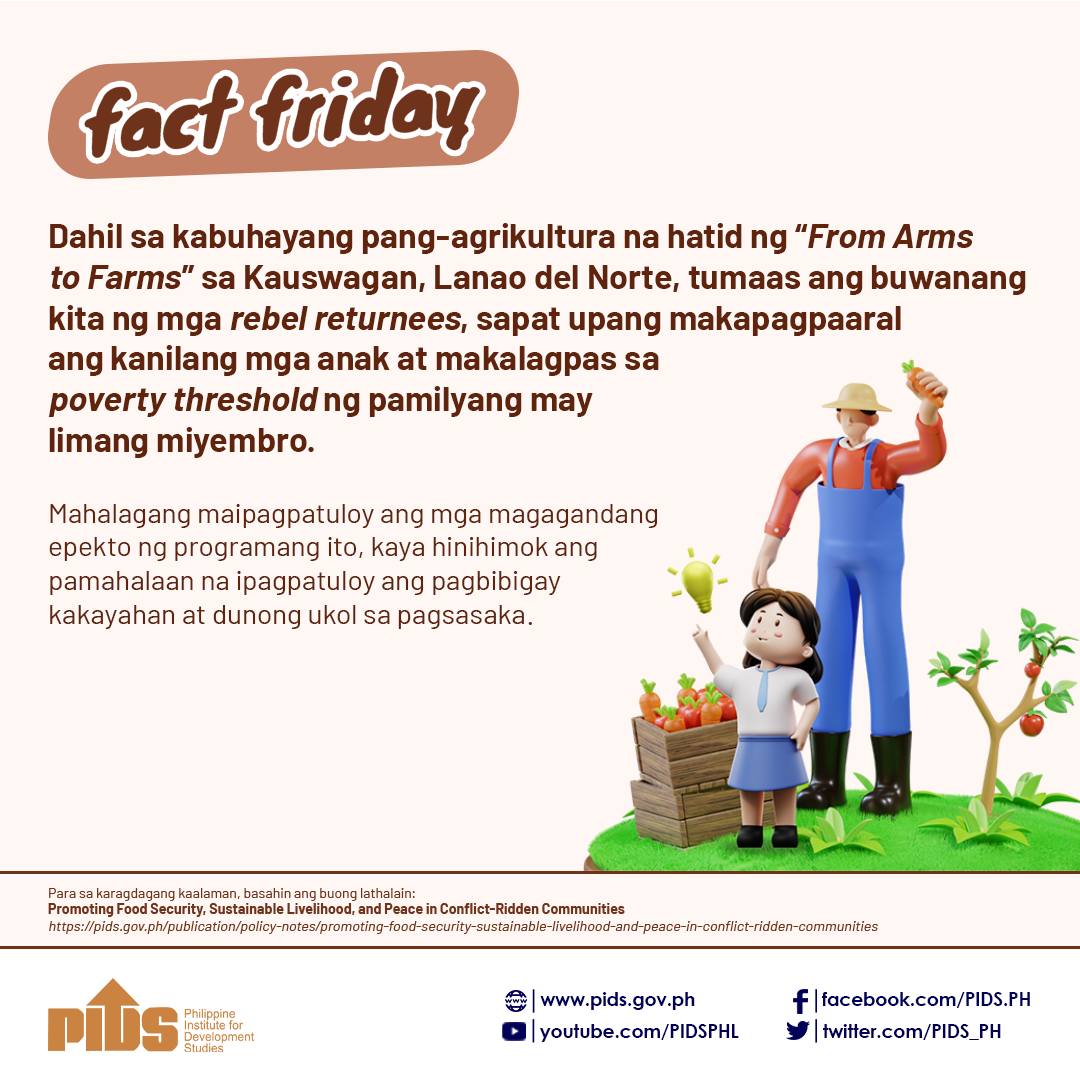FILIPINO rice farmers will be equally protected and may even gain competitive advantage if the quantitative restriction (QR) on rice is no longer extended beyond 2017, an official of the National Economic Development Authority (NEDA) said on Monday.
Contrary to earlier notions that the Philippine rice industry will bear the brunt of global competition without the rice importation cap, a NEDA official said that prices of locally grown rice will actually be lower compared to the landed cost of imported rice if QRs are removed.
“At 35 percent tariff, local farmers would have price advantage as compared to the landed cost (of imported rice) of about P4 per kilo and above,” said Mercedita Sombilla, director of NEDA’s Agriculture Natural Resources and Environment office.
Sombilla told reporters on the sidelines of a Senate hearing on the World Trade Organization’s QR on rice that at 35 percent tariff, which is based on the current duty that the country is implementing under the Asean Free Trade Agreement, about 35 of the country’s rice producing provinces will be able to compete directly with their Vietnamese and Thai counterparts.
She added that even without tariff, about 13 rice-producing provinces would remain competitive – with a price advantage of P0.10 to as high as P3 per kilo.
“These figures are computed using existing data from the Department of Agriculture and the Philippine Statistics Authority. So, I don’t believe [the pronouncements]that a lot of farmers will move out of rice production [if we remove the QR],” Sombilla said.
The Philippine Rice Research Institute (PhilRice) earlier said cheaper rice would directly compete and flood the local market as long as it is subject to the 35 percent tariff.
“Cheap imported rice will likely be sold in the Philippines, lowering the prices of local milled rice and palay. This, in turn, will force farmers to look for ways to reduce their cost of production to retain profit,” the grains research agency said.
“If the QR were removed today and only 35 percent tariff remained as trade protection, local farmers will not be able to compete,” it added.
Sombilla, however, said that the 35 percent tariff remained a rough estimate, saying that the government’s economic cluster will have to further study the impact of the Asean-level duty once they undergo the actual process of tariffication.
Tariffication is an effort to convert all existing agricultural non-tariff barriers to trade (NTBs) into bound tariffs and to reduce these tariffs over time.
“We still have to look into it. But my stand is that at 35 percent, we are already competitive. What more if it is higher than that? Farmers will even have more protection,” she added.
Lovely Ann Tolin of the Philippine Institute for Development Studies (PIDS) echoed Sombilla’s sentiments, saying Manila should start undergoing the tariffication process, as prescribed by the the WTO rules, should it decide to repeal the QR extension.
“First, we have to determine the equivalent tariff rate that we have to apply. In Annex 5 of the WTO agreement on Agriculture, there is actually a formula based on the comparison of domestic and international price from 1996-1998,” Tolin said.
Since majority of rice imports are coming from Vietnam and Thailand, Tolin said that they have rounded up the supposed applied duty to about 35 percent to reflect the Philippine’s commitment to the Asean agreement.
“Should we repeal [QR on rice}, there is a projected decrease in palay output of about 2.3 million [metric]tons, there will also be a decrease in farm gate prices of around P4 per kilo, and (the projected decrease) in commercial [rice]is around P6 to P7 per kilogram or an average of P37 per kilo in retail,” she said.
“Given our computation, our projected increase in imports will be 2 million [metric]tons of rice,” she added.
Manila imports about 1.8 million MT of rice annually to augment the shortfall in rice production.
In a cross-country study conducted by the Department of Agriculture (DA), PhilRice and the International Rice Research Institute in 2013 that assessed the cost of producing palay among six countries—the Philippines, China, Indonesia, Thailand, India, and Vietnam—it was found that Vietnam was in a much better position to export rice with 44 million metric tons (MT) of paddy for a population of 91.7 million, compared to 18.4 million MT of rice for 98.4 million people in the Philippines.
At present, rice is the only commodity in the Philippines that enjoys special treatment in the WTO, which excluded the same from the agriculture liberalization.
Unlike other agricultural product, rice was not tariffied. Instead, rice farmers were protected through the imposition of a QR, which allows only limited volume of the grains to enter the country.
At present, Manila limits to 805,000 MT the amount of rice allowed to enter the country through the so-called minimum access volume (MAV).
MAV refers to the minimum volume of farm produce allowed to enter into the Philippines at reduced tariffs, while shipments outside MAV pay higher rates and would need approval by the National Food Authority.
Contrary to earlier notions that the Philippine rice industry will bear the brunt of global competition without the rice importation cap, a NEDA official said that prices of locally grown rice will actually be lower compared to the landed cost of imported rice if QRs are removed.
“At 35 percent tariff, local farmers would have price advantage as compared to the landed cost (of imported rice) of about P4 per kilo and above,” said Mercedita Sombilla, director of NEDA’s Agriculture Natural Resources and Environment office.
Sombilla told reporters on the sidelines of a Senate hearing on the World Trade Organization’s QR on rice that at 35 percent tariff, which is based on the current duty that the country is implementing under the Asean Free Trade Agreement, about 35 of the country’s rice producing provinces will be able to compete directly with their Vietnamese and Thai counterparts.
She added that even without tariff, about 13 rice-producing provinces would remain competitive – with a price advantage of P0.10 to as high as P3 per kilo.
“These figures are computed using existing data from the Department of Agriculture and the Philippine Statistics Authority. So, I don’t believe [the pronouncements]that a lot of farmers will move out of rice production [if we remove the QR],” Sombilla said.
The Philippine Rice Research Institute (PhilRice) earlier said cheaper rice would directly compete and flood the local market as long as it is subject to the 35 percent tariff.
“Cheap imported rice will likely be sold in the Philippines, lowering the prices of local milled rice and palay. This, in turn, will force farmers to look for ways to reduce their cost of production to retain profit,” the grains research agency said.
“If the QR were removed today and only 35 percent tariff remained as trade protection, local farmers will not be able to compete,” it added.
Sombilla, however, said that the 35 percent tariff remained a rough estimate, saying that the government’s economic cluster will have to further study the impact of the Asean-level duty once they undergo the actual process of tariffication.
Tariffication is an effort to convert all existing agricultural non-tariff barriers to trade (NTBs) into bound tariffs and to reduce these tariffs over time.
“We still have to look into it. But my stand is that at 35 percent, we are already competitive. What more if it is higher than that? Farmers will even have more protection,” she added.
Lovely Ann Tolin of the Philippine Institute for Development Studies (PIDS) echoed Sombilla’s sentiments, saying Manila should start undergoing the tariffication process, as prescribed by the the WTO rules, should it decide to repeal the QR extension.
“First, we have to determine the equivalent tariff rate that we have to apply. In Annex 5 of the WTO agreement on Agriculture, there is actually a formula based on the comparison of domestic and international price from 1996-1998,” Tolin said.
Since majority of rice imports are coming from Vietnam and Thailand, Tolin said that they have rounded up the supposed applied duty to about 35 percent to reflect the Philippine’s commitment to the Asean agreement.
“Should we repeal [QR on rice}, there is a projected decrease in palay output of about 2.3 million [metric]tons, there will also be a decrease in farm gate prices of around P4 per kilo, and (the projected decrease) in commercial [rice]is around P6 to P7 per kilogram or an average of P37 per kilo in retail,” she said.
“Given our computation, our projected increase in imports will be 2 million [metric]tons of rice,” she added.
Manila imports about 1.8 million MT of rice annually to augment the shortfall in rice production.
In a cross-country study conducted by the Department of Agriculture (DA), PhilRice and the International Rice Research Institute in 2013 that assessed the cost of producing palay among six countries—the Philippines, China, Indonesia, Thailand, India, and Vietnam—it was found that Vietnam was in a much better position to export rice with 44 million metric tons (MT) of paddy for a population of 91.7 million, compared to 18.4 million MT of rice for 98.4 million people in the Philippines.
At present, rice is the only commodity in the Philippines that enjoys special treatment in the WTO, which excluded the same from the agriculture liberalization.
Unlike other agricultural product, rice was not tariffied. Instead, rice farmers were protected through the imposition of a QR, which allows only limited volume of the grains to enter the country.
At present, Manila limits to 805,000 MT the amount of rice allowed to enter the country through the so-called minimum access volume (MAV).
MAV refers to the minimum volume of farm produce allowed to enter into the Philippines at reduced tariffs, while shipments outside MAV pay higher rates and would need approval by the National Food Authority.

